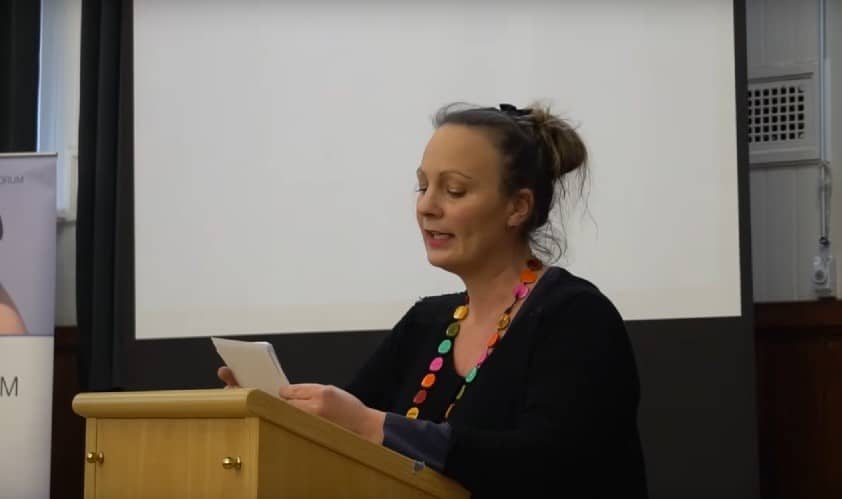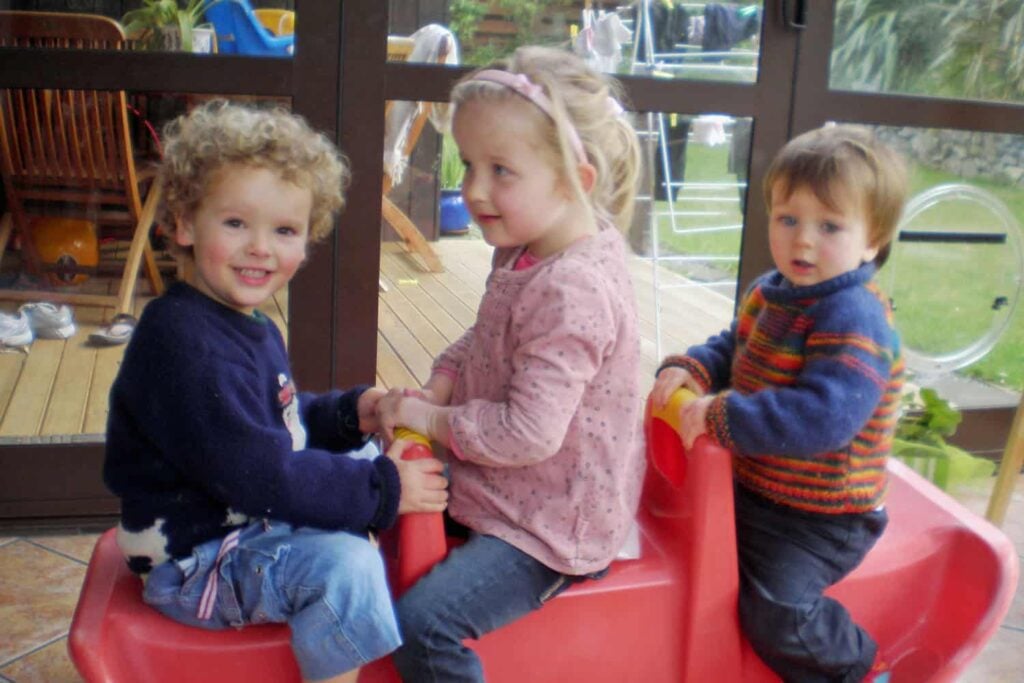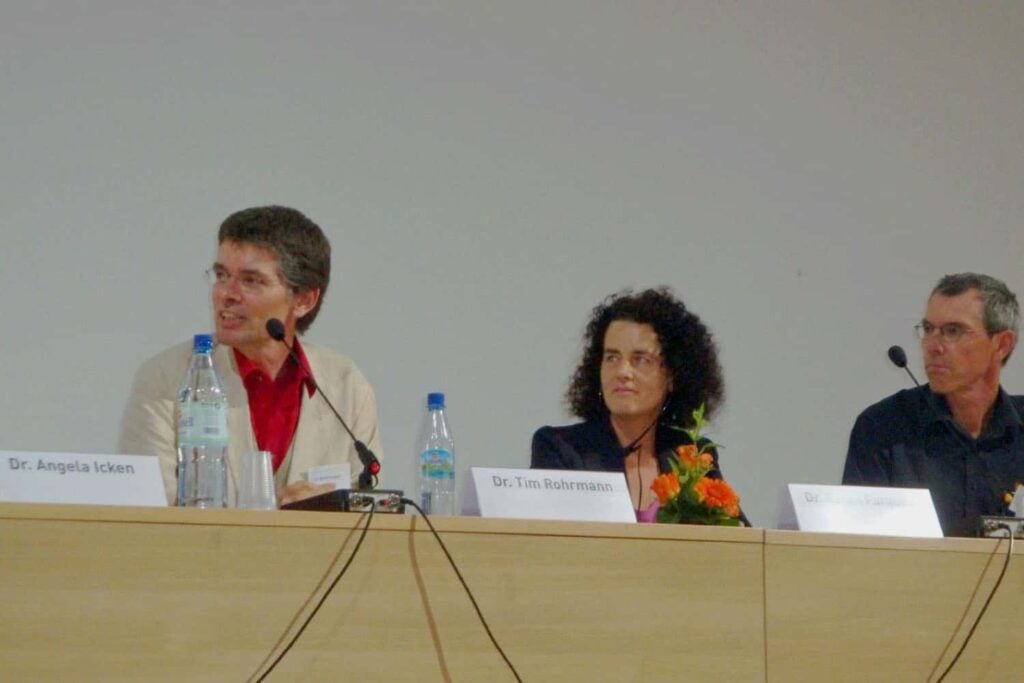Cost Analysis: Can Service Providers Afford to Higher Wages to their Teachers?
July, 26. 2019
The salaries paid to teaching staff vary greatly in amount between early childhood services. Teachers paid at the lowest rates are starting to feel the pinch.
With rising costs of living and a competitive rental market, some teachers are finding that the wages they are paid are barely covering the costs and, in some instances, leaving them struggling to find the money to pay the bills and meet the costs of caring for their own children.
The Ministry of Education has specified attestation rates of certificated teachers’ salaries and it pays a higher rate of funding to services that stay at, or above, certain minimum salary levels.
The cost analysis shown below compares two sample budgets based on current funding and estimated fee rates as well as the minimum attestation rates for teachers’ salaries; it describes income and expenditure from both high- and low-income areas based on this author’s experience.
The cost analysis is based on a small ECE centre with just 30 children.
Centres with more children will have greater economy of scale, meaning a proportionate saving in costs (e.g. in electricity, purchase of food, cleaning, etc). can be gained by having more children. For example two centres with 35 over-2s each need to have at least 4 teaching staff but 1 centre with 70 over-2s needs to have 7 teaching staff (a saving on1 staff wage).
The cost analysis assumes the following:
- The service is licensed for 30 children between the ages of 2-5 with 6 of them being 2-year olds. Attendance is 100%.
- Staff are paid at the minimum attestation rates
- An extra staff member is employed to cover breaks and non-contact time
- The service operates on minimum ratios
- The building is leased or mortgaged
- Fees are charged at a rate of $5.00 per hour
- The manager/head teacher is paid at minimum attestation rates
The cost analysis shows that even for a centre with just 30 children, profit can be made using minimum attestation rates in both scenarios, however the profit is significantly higher in a high-income area, even when extra funding and subsidies are applied to the low-income service.
In the case of the low-income areas however, the profit is not high enough to increase pay rates for staff members if the service is the owner’s sole source of income and it does not include a salary for the owner.
To maximise profit, some services may find themselves having to compromise on spending through a variety of methods such as:
- Increasing fees to parents where possible
- Employing unqualified staff within the minimum staffing requirements and offering minimum adult to low wage
- Discontinuing hiring cleaners and using staff instead
- Providing minimal to no non-contact time
- Administration and accounting tasks that should be outsourced are included in the manager/head teacher’s role
- Service may seek out free professional development
- Choosing to have children bring in lunch boxes rather than providing lunch
- Source resources from a non-educational provider
- Poor quality “home-job” repairs
- Paying teachers less than they deserve
In general, services in a high-income, fee-paying location have much more flexibility in the amount that they can pay their staff.
This cost analysis indicates that there is justification for arguing for more funding for services particularly ones in low-income areas or serving low family income children, to enable services to pay teaching staff at least at a rate that corresponds with current living costs and reflects the importance of the work that they do.
While services may decide to cut down on staff wages to reduce the cost of parent fees, offer parents 30 hours Free ECE, offer 20 hours Free ECE to 2-year-olds, or provide special resources or programmes above what is required for a licensed centre, services must consider how this might impact on:
- staff morale and well-being,
- staff turnover,
- the quality of people who apply for a position, and
- how by paying low wages the service may be supporting the low status of ECE teaching as babysitting work.
Monthly budget according to maximum ECE attestation rates (Low-income area)
| Revenue | Notes | |
| Fees (5 children @ 45/wk) | $ 900.00 | Most will stay within the 20 hours ECE and many centre will offer an extra 4-14 hours free to ensure attendance |
| Funding (2-year-olds) | $ 4,989.60 | |
| 20 hrs ECE Funding (3-year-olds) | $ 24,585.60 | |
| Plus 10 hrs Funding (3-year-olds) | $ 7,207.20 | |
| WINZ ($45/wk for 10 children) | $ 1,800.00 | Families may be reluctant to go through the process of applying for this |
| Equity Funding | $ 3,492.00 | |
| Targeted Funding | $ 750.00 | To be spent on improving outcomes for tamariki |
| TOTAL | $ 43,724.40 | |
| Expenditure | ||
| Wages | ||
| 4 x Q3+ qualified staff members (40hrs/wk) | $ 14,265.60 | |
| Kiwisaver employer contributions | $ 427.97 | Assumes all staff are on kiwisaver |
| Relievers | $ 1,800.00 | |
| GST | $ 6,558.66 | |
| ACC | $ 350.00 | |
| Insurance | $ 3,700.00 | |
| Accountancy fees | $ 350.00 | |
| Audit | $ 125.00 | Based on yearly estimate of $1500 |
| Bank fees | $ 45.00 | |
| Cleaner | $ 1,000.00 | |
| Computer Expenses | $ 150.00 | |
| Administration | $ 500.00 | If an administrator is employed |
| Food | $ 1,500.00 | Assumes food is included in the fees, lunchboxes can reduce costs |
| Depreciation | $ 600.00 | |
| Professional Development | $ 500.00 | This depends on commitment that should be outlined in annual plan based on appraisals |
| Advertising | $ 200.00 | |
| Rates | $ 1,000.00 | Variable depending on area |
| Health & Safety | $ 100.00 | |
| Rent/Mortgage | $ 6,000.00 | |
| Educational materials | $ 300.00 | |
| Power | $ 375.00 | Averaged over a year, seasonal variance |
| Rubbish disposal | $ 40.00 | |
| Repairs & Maintenance | $ 800.00 | |
| Telephone & Internet | $ 150.00 | |
| Petty Cash | $ 25.00 | |
| Art & Craft | $ 100.00 | |
| Printing & Stationery | $ 250.00 | |
| Excursions | $ 75.00 | |
| Interest | $ 800.00 | |
| Total Expenses | $ 42,087.23 | |
| Surplus/Deficit | $ 1,637.17 | |
| Project annual surplus/deficit | $ 19,646.06 |
Monthly budget according to maximum ECE attestation rates (High-income area)
| Revenue | Notes | |
| Fees (30 children over 2 @ $5/hr) | $ 18,000.00 | |
| Funding (2-year-olds) | $ 4,989.60 | Excludes extra funding and subsidies such as targeted funding, equity funding, and WINZ subsidies |
| 20 hrs ECE Funding (3-year-olds) | $ 24,585.60 | |
| Plus 10 hrs Funding (3-year-olds) | $ 7,207.20 | |
| TOTAL | $ 54,782.40 | |
| Expenditure | ||
| Wages | ||
| 4 x Q3+ qualified staff members (40hrs/wk) | $ 14,265.60 | |
| Kiwisaver employer contributions | $ 427.97 | Assumes all staff are on kiwisaver |
| Relievers | $ 1,800.00 | |
| GST | $ 8,217.36 | |
| ACC | $ 350.00 | |
| Insurance | $ 3,700.00 | |
| Accountancy fees | $ 350.00 | |
| Audit | $ 125.00 | Based on yearly estimate of $1500 |
| Bank fees | $ 45.00 | |
| Cleaner | $ 1,000.00 | |
| Computer Expenses | $ 150.00 | |
| Administration | $ 500.00 | If an administrator is employed |
| Food | $ 1,500.00 | Assumes food is included in the fees, lunchboxes can reduce costs |
| Depreciation | $ 600.00 | |
| Professional Development | $ 500.00 | This depends on commitment that should be outlined in annual plan based on appraisals |
| Advertising | $ 200.00 | |
| Rates | $ 1,000.00 | Variable depending on area |
| Health & Safety | $ 100.00 | |
| Rent/Mortgage | $ 6,000.00 | |
| Educational materials | $ 300.00 | |
| Power | $ 375.00 | Averaged over a year, seasonal variance |
| Rubbish disposal | $ 40.00 | |
| Repairs & Maintenance | $ 800.00 | |
| Telephone & Internet | $ 150.00 | |
| Petty Cash | $ 25.00 | |
| Art & Craft | $ 100.00 | |
| Printing & Stationery | $ 250.00 | |
| Excursions | $ 75.00 | |
| Interest | $ 800.00 | |
| Total Expenses | $ 43,745.93 | |
| Surplus/Deficit | $ 11,036.47 | |
| Project annual surplus/deficit | $ 132,437.66 |
REFERENCES
Ministry of Education Funding Rates Table as at June 2019
Ministry of Education Attestation of certificated teachers’ salaries as at June 2019 (note that attestation rate for teachers with teaching degrees will increase by 22 cents an hour from 1 August 2019).









